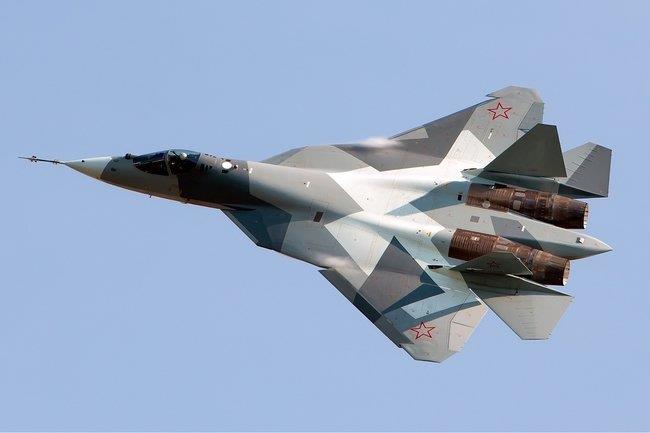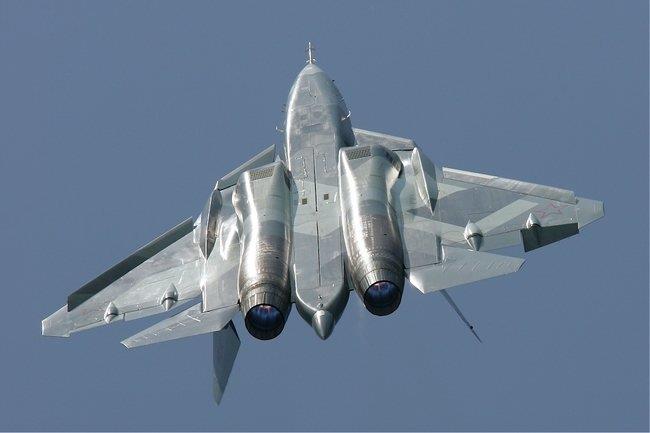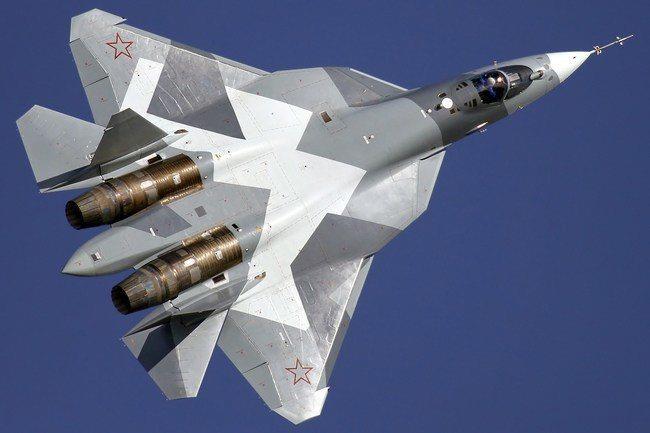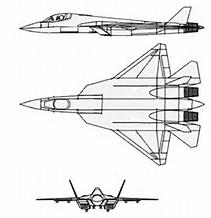S'sonic
Stealth
Menu
A free template by Lucknowwebs.com for WYSIWYG WebBuilder 8
Nigel G Wilcox
Powered by Sispro1-S
Paragon Of Space Publication
© Copyright Reserved - United Kingdom
Ideal Screen Composition 1024 x 768
SITEMAP
PSEUDO SCIENCE
SCIENCE RESEARCH
ABOUT
Desk
Supersonic
Stealth
Study
Menu
MAIN INDEX
Fastest Air Planes
Space
Transport
Menu
Pak FA T-50
PAK FA translates to “Prospective Airborne Complex of Frontline Aviation.” It’s a fifth-generation fighter jet currently being prototyped by Sukhoi for use by the Russian Air Force. It will be the first Russian aircraft to use stealth technology, and is intended primarily as an air superiority and attack jet. It is intended to succeed the MiG-29 and Su-27 aircraft.
Maximum speed: 2,440 km/h (1,516 mph) Range: 3,418 mi Maiden flight: 29 Jan 2010 Length: 64.96 ft Wingspan: 45.80 ft Cruising speed: 1,800 km/h (1,118 mph)
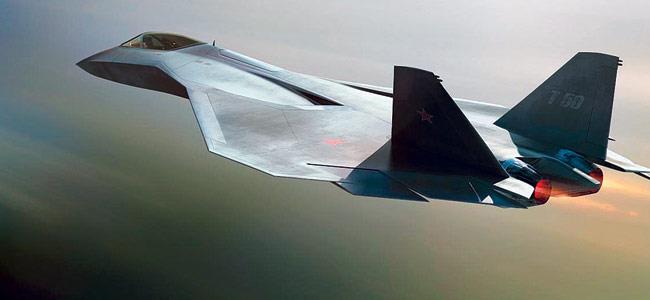
The T-50 PAK-FA (Perspektivny Aviatsionny Kompleks Frontovoy Aviatsii, literally "Prospective Airborne Complex of Frontline Aviation") is a prototype version of the Sukhoi Su-57, a fifth-generation fighter aircraft developed for the Russian Air Force.
The T-50 made its debut in Ace Combat: Assault Horizon in 2011. It was later featured in Ace Combat: Assault Horizon Legacy and Ace Combat Infinity. . The Sukhoi Su-57 is a designation intended for future stealth, single-seat, twin-engine jet multirole fighter aircraft designed for air superiority and attack roles. The aircraft is the product of the PAK FA, a fifth-generation fighter programme of the Russian Air Force. Sukhoi's internal designation for the aircraft is T-50. The Su-57 will be the first aircraft in Russian military service to use stealth technology. The fighter is planned to have supercruise, stealth, supermaneuverability, and advanced avionics to overcome the prior generation fighter aircraft as well as ground and maritime defences.
Russia’s fifth-generation Sukhoi T-50 PAK FA fighter jet is equipped with an advanced defense system that can neutralize an enemy plane’s stealth capability, a report said Friday, citing a unit of Russian state corporation Rostec. The planes, which will go into mass production in 2017, are claimed to be capable of outperforming the F-22 and fifth-generation F-35 fighters of the U.S. Air Force.
The T-50 PAK FA fighter jet will be built with composite materials, and come with advanced electronic systems and engines to ensure the plane can stay mostly undetected by radars and other optical and infrared technologies, Russia’s Sputnik News reported.
“The PAK FA is already to some degree a flying robot, where the aviator fulfils the function not only of pilot, but is actually one of the constituent parts of the flying apparatus,” Sputnik News quoted Vladimir Mikheyev, the deputy head of the Concern Radio-Electronic Technologies (KRET), a unit of Rostec, as saying.
KRET has created an advanced internal navigation system for the T-50 PAK FA jet, which autonomously processes navigation and flight information. The system can also determine position and motion parameters in situations when there is no satellite navigation, and make contact with GLONASS, Russia’s satellite-based navigation system, which works alongside the Global Positioning System.
The Russian air force will get 55 Sukhoi T-50 PAK FA jets by 2020 and the aircraft will replace the country’s Sukhoi Su-27 fourth-generation fighter jet. Russia is also expected to buy at least 50 Tupolev Tu-160 “Blackjack” heavy strategic bombers, which will be produced simultaneously with the country’s new bomber, called PAK DA.
The T-50 PAK-FA (Perspektivny Aviatsionny Kompleks Frontovoy Aviatsii, literally "Prospective Airborne Complex of Frontline Aviation") is a prototype version of the Sukhoi Su-57, a fifth-generation fighter aircraft developed for the Russian Air Force.
The T-50 made its debut in Ace Combat: Assault Horizon in 2011. It was later featured in Ace Combat: Assault Horizon Legacy and Ace Combat Infinity. . The Sukhoi Su-57 is a designation intended for future stealth, single-seat, twin-engine jet multirole fighter aircraft designed for air superiority and attack roles. The aircraft is the product of the PAK FA, a fifth-generation fighter programme of the Russian Air Force. Sukhoi's internal designation for the aircraft is T-50. The Su-57 will be the first aircraft in Russian military service to use stealth technology. The fighter is planned to have supercruise, stealth, supermaneuverability, and advanced avionics to overcome the prior generation fighter aircraft as well as ground and maritime defences.
Russia’s fifth-generation Sukhoi T-50 PAK FA fighter jet is equipped with an advanced defense system that can neutralize an enemy plane’s stealth capability, a report said Friday, citing a unit of Russian state corporation Rostec. The planes, which will go into mass production in 2017, are claimed to be capable of outperforming the F-22 and fifth-generation F-35 fighters of the U.S. Air Force.
The T-50 PAK FA fighter jet will be built with composite materials, and come with advanced electronic systems and engines to ensure the plane can stay mostly undetected by radars and other optical and infrared technologies, Russia’s Sputnik News reported.
“The PAK FA is already to some degree a flying robot, where the aviator fulfils the function not only of pilot, but is actually one of the constituent parts of the flying apparatus,” Sputnik News quoted Vladimir Mikheyev, the deputy head of the Concern Radio-Electronic Technologies (KRET), a unit of Rostec, as saying.
KRET has created an advanced internal navigation system for the T-50 PAK FA jet, which autonomously processes navigation and flight information. The system can also determine position and motion parameters in situations when there is no satellite navigation, and make contact with GLONASS, Russia’s satellite-based navigation system, which works alongside the Global Positioning System.
The Russian air force will get 55 Sukhoi T-50 PAK FA jets by 2020 and the aircraft will replace the country’s Sukhoi Su-27 fourth-generation fighter jet. Russia is also expected to buy at least 50 Tupolev Tu-160 “Blackjack” heavy strategic bombers, which will be produced simultaneously with the country’s new bomber, called PAK DA.
But much to the surprise of an Indian team present at the site, they were not allowed anywhere near the aircraft. India wanted to know the reasons for the fire but details were never shared, said sources. India has paid $295 million (Rs 1,785.19 crore) for the preliminary design, which was finalised last year, and it is only logical that Indian officials feel concerned about the status of the PAK-FA programme. The Indian side was not satisfied with the preliminary design and raised questions about maintenance issues, the engine, stealth features, weapon carriage system, safety and reliability. Sources said there could not be any progress until these issues were resolved.
But the queries remain unanswered even after a round of discussions between the two sides this month. The Russian side's common response to New Delhi's concerns has been: "Don't get emotional." Any further push on these issues results in talk of price escalation, sources said. For instance, the Indian Air Force had made it clear last year that it was not satisfied with the engine of the new fighter, which was based on the power plant for the Sukhoi-30. A change has been promised at an additional cost.
No Indian expert or pilot has had a long hard look at the PAK-FA jet to date. The Russians are not allowing Indian pilots to fly the aircraft, claiming foreign pilots are barred from flying in their airspace.
But India argues that such restrictions were not imposed when the Sukhois or MiG jets were extensively flown in Russia by Indian pilots. Already, India has been reduced from a joint collaborator to a financing partner in the FGFA project.
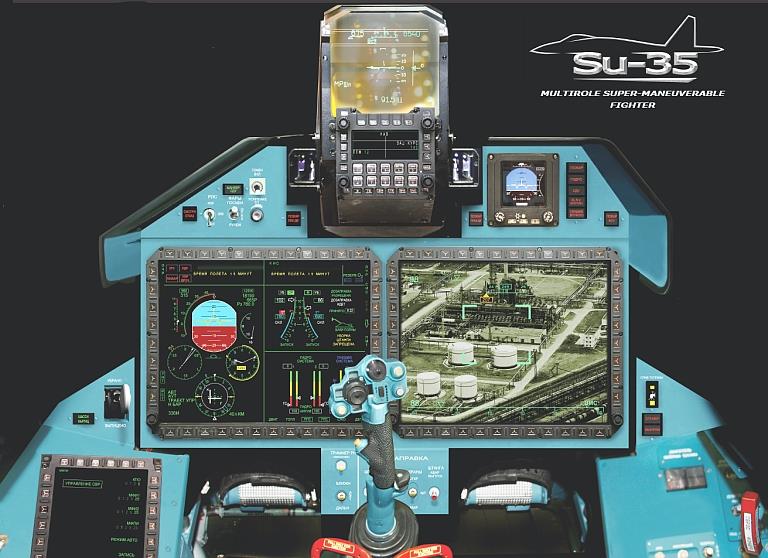
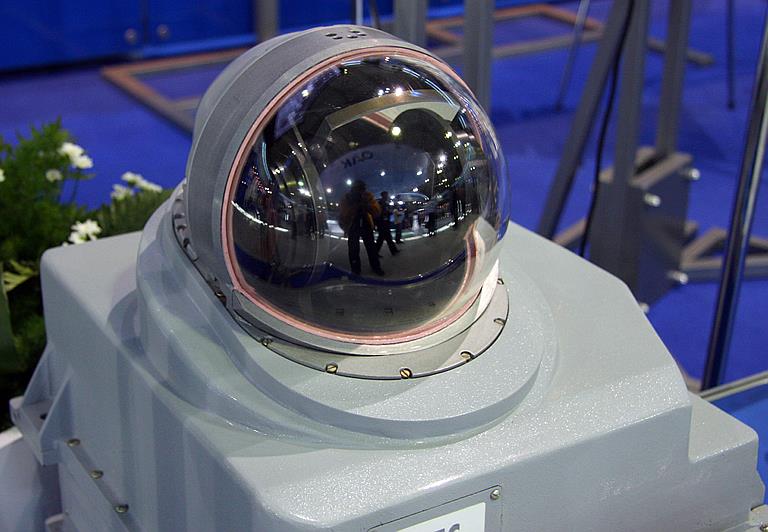
Su-35S Electro-Optical System turret fitted to PAK-FA prototype
General Characteristics
Operating Crew (Typical): 1
Overall Length: 72.18 feet (22 meters)
Overall Width: 46.59 feet (14.20 meters)
Overall Height: 19.85 feet (6.05 meters)
Weight (Empty): 40,786 lb (18,500 kg)
Weight (MTOW): 81,571 lb (37,000 kg)
Performance
Propulsion: 2 x NPO Saturn / FNPTS MMPP Salyut AL-41F1 turbofan engines developing 35,000 lb of thrust each (T-50 prototype).
Maximum Speed: 1,616 mph (2,600 kph; 1,404 knots)1,400 KTAS (Mach 2.44 ~36kft, ISA)1
Supercruise Envelope:700 KTAS to 920 KTAS (1.22M to 1.6M >36kft, ISA), though analysis suggests a likely higher top end point of ~1.9M
Maximum Range: 3,107 miles (5,000 km)
Service Ceiling: 65,617 feet (20,000 meters; 12.43 miles)
Rate-of-Climb: 1,184 feet-per-minute (361 m/min) Maximum Initial Climb Rate: 69,000 fpm
Armament
STANDARD:
1 OR 2 x 30mm GSh-30-1 internal cannon(s).
OPTIONAL:
Air-to-air and air-to-surface missiles; guided bombs across internal (two or four internal bays) and up to six external hardpoints.
Su-35S cockpit (Sukhoi brochure)
Service Year: 2019
Type: 5th Generation Multi-Role Stealth Aircraft
National Origin: Russia
Manufacturer(s): Sukhoi OKB / United Aircraft Corporation - Russia
Production Total: 9
Cost: $50 million
Countries of origin: Russia, India



